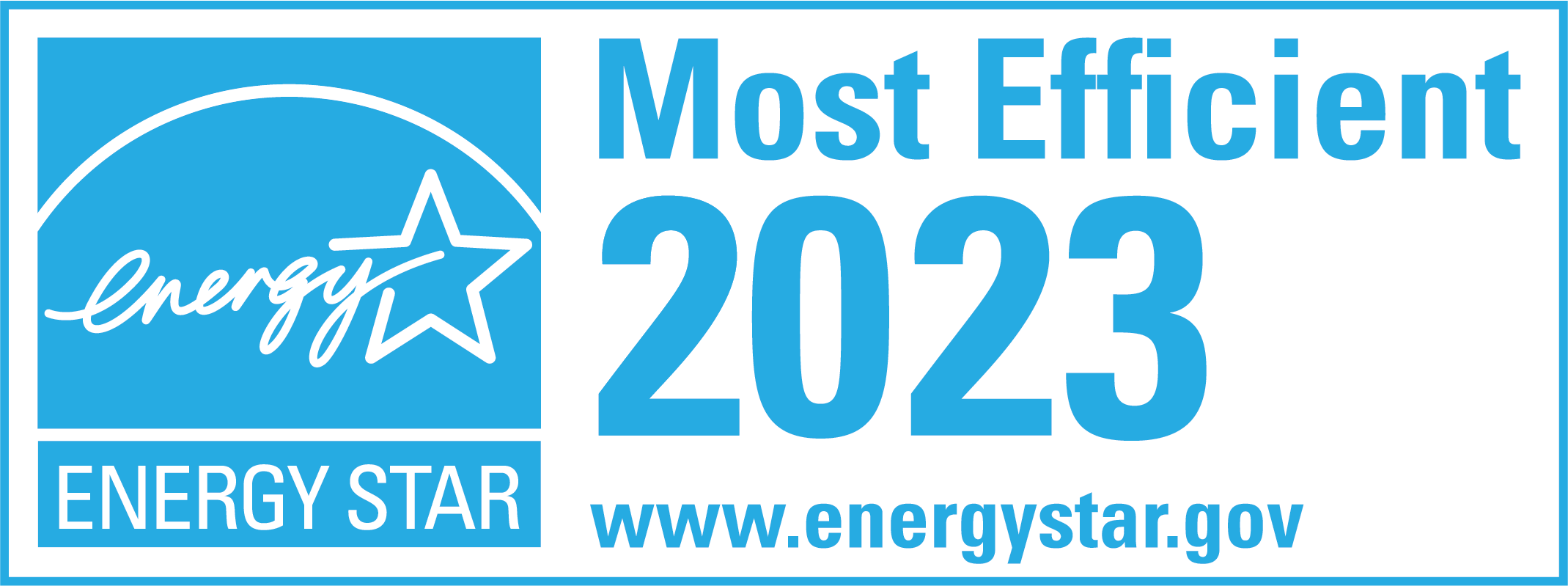Can You Paint Vinyl Windows?
Vinyl windows have become increasingly popular due to their durability, energy efficiency, and low maintenance requirements. However, over time, the color of vinyl windows may fade or no longer match the changing aesthetics of your home. This often makes homeowners wonder if they can paint their vinyl windows to give them a fresh look. This article explores the concept of painting vinyl windows and the steps involved in achieving a successful outcome.
Understanding Vinyl Windows
Before delving into painting vinyl windows, it’s essential to understand what they are. Vinyl windows are made from polyvinyl chloride (PVC), a durable plastic material resistant to moisture, rot, and insects. The manufacturing process involves extruding the PVC into various window components, resulting in a strong, energy-efficient, and long-lasting product.
But let’s dive deeper into the world of vinyl windows and explore their fascinating features and benefits.
What are Vinyl Windows?
Vinyl windows consist of multiple components, such as frames, sashes, and seals, all made from PVC. These components work together to provide insulation, prevent drafts, and ensure smooth operation. The frames are designed precisely to fit snugly into the window openings, creating a tight seal that keeps the elements at bay.
Moreover, vinyl windows come in various styles and designs, allowing homeowners to choose the perfect match for their home’s architectural aesthetics. Whether you prefer casement, double-hung, sliding, or picture windows, a vinyl option is available to suit your taste.
Benefits of Vinyl Windows
One of the primary advantages of vinyl windows is their durability. Unlike traditional wooden windows, vinyl windows do not require staining or painting to protect them from the elements. The PVC material is inherently moisture resistant, so you don’t have to worry about rot or decay. Additionally, they are resistant to cracking, warping, and peeling, providing a long-lasting solution for homeowners.
Another significant benefit of vinyl windows is their energy efficiency. The inherent insulation properties of PVC help keep your home warmer in winter and cooler in summer, reducing energy consumption and lowering utility bills. Moreover, vinyl windows are often fitted with multi-chambered frames and double or triple-pane glass, further enhancing their insulation capabilities.
But that’s not all! Vinyl windows also offer excellent sound insulation, reducing outside noise and creating a peaceful and quiet living environment. Whether in a bustling city or near a busy street, vinyl windows can help create a serene oasis within your home.
Furthermore, vinyl windows are virtually maintenance-free. They do not need regular painting or staining, saving time and effort. Simply cleaning them periodically with soap and water is usually enough to keep them looking their best. This low-maintenance feature makes vinyl windows an attractive option for homeowners who want to spend less time on upkeep and more time enjoying their homes.
Additionally, vinyl windows are highly customizable. You can choose various colors and finishes to match your home’s exterior and interior design. Whether you prefer a classic white, a bold black, or a woodgrain texture, vinyl windows can be tailored to your style.
Lastly, vinyl windows are an eco-friendly choice. PVC is a recyclable material, and many manufacturers use recycled PVC in their window production. By choosing vinyl windows, you are investing in a durable and energy-efficient product and contributing to a more sustainable future.
As you can see, vinyl windows offer many benefits, making them popular among homeowners. From their durability and energy efficiency to low maintenance and customization options, vinyl windows provide a winning combination of functionality and style.
The Controversy Around Painting Vinyl Windows
While vinyl windows offer numerous benefits, the idea of painting them can be a subject of controversy. Some people claim that it is impossible to achieve a quality, long-lasting finish when painting vinyl windows. However, this misconception often stems from a lack of proper preparation and the use of unsuitable products.
Common Misconceptions about Painting Vinyl Windows
One common misconception is that the paint will not adhere well to the vinyl surface, resulting in peeling and chipping. Another belief is that painting vinyl windows will void the manufacturer’s warranty. However, with the right preparation and paint, these concerns can be addressed, allowing you to paint your vinyl windows without compromising their performance or longevity.
Why Some People Advise Against It
Some experts advise against painting vinyl windows because they argue that the original color and finish are engineered to withstand the elements and provide optimal performance. They believe that altering the surface can interfere with these characteristics, potentially leading to issues in the future.
Additionally, the wrong choice of paint or improper preparation can result in an unsatisfactory finish and premature deterioration. Therefore, it is crucial to understand the correct techniques and use suitable materials when embarking on a painting project for your vinyl windows.
Preparing Vinyl Windows for Painting
Proper preparation is the key to achieving a successful and long-lasting finish when painting vinyl windows. Following these steps will help ensure optimal adhesion and durability.
Cleaning and Prepping the Surface
The first step is to clean the vinyl surface thoroughly. Use a mixture of mild soap and water and a soft cloth or sponge to remove any dirt, dust, or grime. Be sure to rinse the windows well to remove any residue. Once clean, allow the windows to dry completely.
Next, lightly sand the surface with fine-grit sandpaper to help the paint adhere better. Be cautious not to sand too aggressively, as this can damage the window’s finish. Once sanded, wipe away any dust with a clean, damp cloth.
Choosing the Right Primer
Applying a primer specifically formulated for vinyl surfaces is essential for ensuring optimal adhesion and durability of the paint. The primer should be compatible with both the vinyl and the chosen paint. Consult with a professional at your local paint store to find the most suitable primer for your project.
Best Paints for Vinyl Windows
Using the right type of paint is crucial to achieve a successful finish on vinyl windows. It is essential to select a paint specifically designed for application on vinyl surfaces and formulated to withstand outdoor conditions. Here are some factors to consider when choosing paint for your vinyl windows.
Types of Paint Suitable for Vinyl
Acrylic latex paints are generally recommended for painting vinyl windows. These paints offer excellent adhesion, flexibility, and durability, ensuring a long-lasting finish. Avoid oil-based paints, which crack and peel when applied to vinyl surfaces.
Factors to Consider When Choosing Paint
Consider color, sheen, and UV resistance when selecting paint for your vinyl windows. Light colors are generally more resistant to UV rays and heat buildup than dark colors. Additionally, choosing paint with a satin or semi-gloss sheen can help hide imperfections and make the windows easier to clean.
The Painting Process
Now that you have prepared the vinyl windows and chosen the right paint, it’s time to begin the painting process. Follow these steps for a smooth and successful outcome.
Step-by-Step Guide to Painting Vinyl Windows
- Tape off the areas around the windows, such as the glass and frames, to prevent accidental paint splatters.
- Apply a thin and even coat of primer using a high-quality brush or roller specifically designed for smooth surfaces.
- Following the manufacturer’s instructions, allow the primer to dry completely before proceeding to the next step.
- Apply the paint in thin, even coats, working from the top to the bottom of the window. Take care to avoid drips or pooling.
- Allow each coat to dry completely before applying the next one. Multiple thin coats are preferable to one thick coat, ensuring better adhesion and longevity.
- Once satisfied with the coverage, remove the tape and allow the paint to cure fully before operating the windows.
Tips for a Smooth Finish
- Avoid painting in extreme temperatures or high humidity, as this can affect the drying process and result in an unsatisfactory finish.
- Consider using a brush designed for smooth surfaces to achieve a professional-looking finish.
- Take your time and be patient. Rushing the painting process can lead to mistakes and a subpar outcome.
- Ensure proper ventilation during and after painting to minimize odors and aid in drying.
By following these guidelines and taking the necessary precautions, painting vinyl windows can be a viable option for homeowners looking to refresh the appearance of their windows. Remember, proper preparation, suitable materials, and attention to detail are essential for achieving a successful and long-lasting finish. If you are unsure about any painting process or prefer professional assistance, consult a qualified painting contractor.
Now that you know how to make an informed decision, you can confidently tackle your vinyl window painting project and enjoy the aesthetic transformation it brings to your home.
Call us at 214-399-9592 to discuss window pricing and availability. Our replacement window services are limited to North Texas cities, from Irving and Dallas to Frisco and Rockwall.






